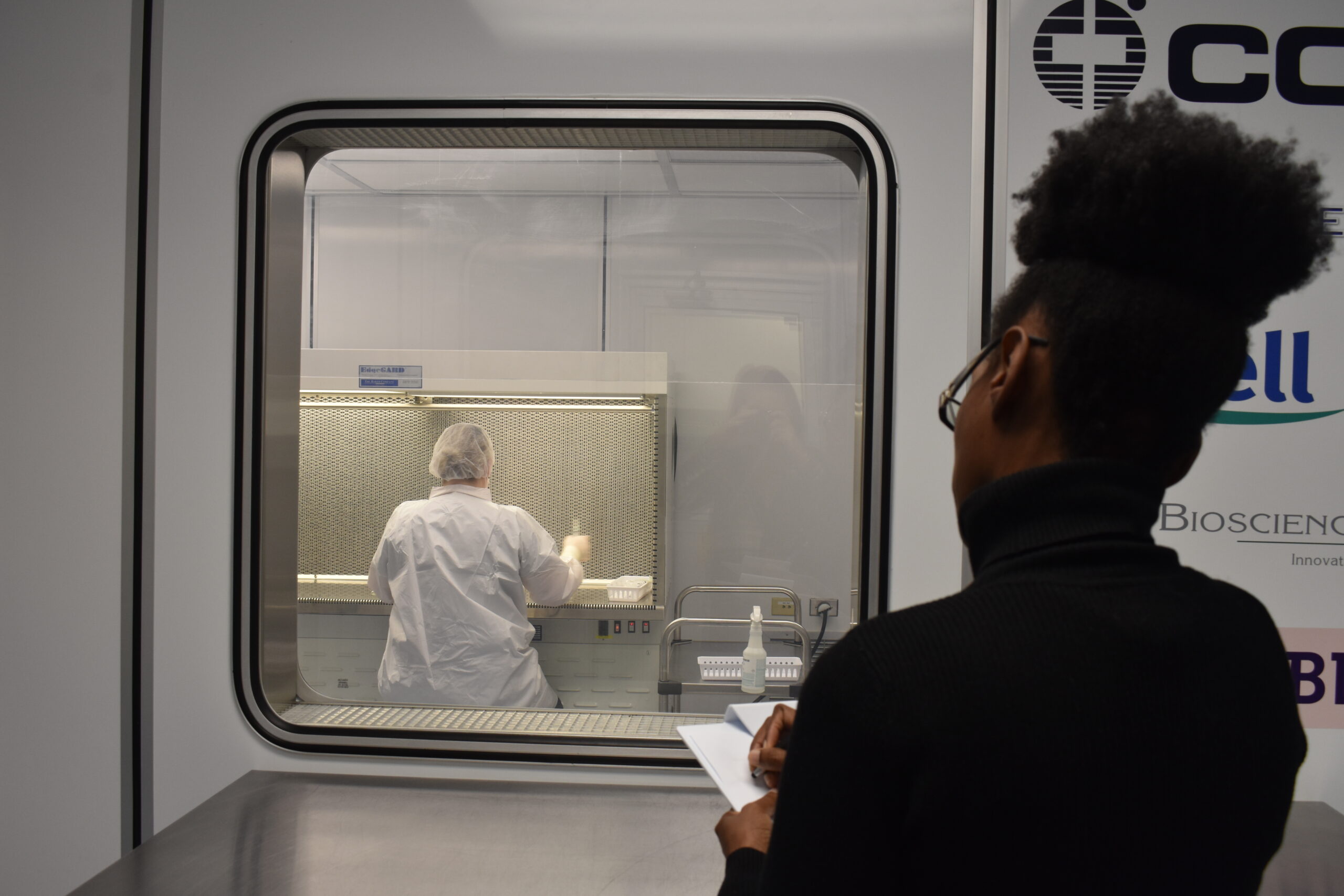
By Adam West, Environmental Monitoring and Training Specialist at CriticalPoint
Standard operating procedures (SOPs) are a lot like visiting family over the holidays. It takes time to warm up to them, they are difficult to read sometimes, and if you’re not mindful of tradition, the outcome can be seriously detrimental to the group. But like family, it’s also very important to visit them as often as you can, keeping in touch and updating your family on all the goings-on throughout the year. And if you’re lucky, you may actually learn something from them during the interaction. So, when was the last time you visited your sterile compounding SOPs?
Often enough, it seems that SOPs initially are well thought out and implemented, and then after a while, they become a dusty book on the shelf. For example, even before we had a huge USP revision, my visits to pharmacies often showed a disconnect between what actually occurs in the trenches of compounding versus what was written policy and procedure. This was usually due to two reasons:
- There was a fundamental deviation from specific sterile compounding SOPs that no one caught over time, and typically caused by generations of verbal and hands-on training that diluted the original SOP versions.
- The current SOPs are out of date and do not reflect new technology additions and compounding procedures. Most of the time, I would get a response like, “Oh no, we don’t do it that way anymore,” or “We haven’t followed that since we changed vendors/products.”
This doesn’t mean that the new operational changes are bad. The staff have probably been adequately trained in the new operating system or compounding methods. However, from the perspective of traditions to written policy, you’re potentially deficient somewhere concerning USP compliance. The greatest risk is your staff may not be operating in a uniform manner. The purpose when developing compounding SOPs is to achieve uniformity in execution, reduce miscommunication, and adhere to regulatory standards. Staff who are performing tasks using their own methods deviate from written procedure. More often than not deviations aren’t for the benefit of safety and regulatory standard. These workflow deviations usually benefit individual convenience or, worse, cut corners to save time and effort.
Sterile Compounding SOPs Recommendations
CriticalPoint recommends designated persons and other pharmacy leadership take the time to regularly review SOPs for potential gaps between operational activity and written policy. This occurs through observation of staff activity and how well they are following policy. Has your pharmacy changed anything that affects workflow or compounding technique? Do your SOPs reflect these changes? It may be time to visit your SOPs to make sure your staff operations are properly aligned. But most important, if you haven’t already, we encourage you to crosswalk the changes of USP 797 and determine if your current pharmacy SOPs reflect regulatory standard changes. We understand this is not the most exciting task to carry out. Most likely visiting family probably sounds more fun than reviewing SOP changes. However, both are important to do. Patients who receive these CSPs are mothers and fathers, brothers and sisters as well as friends, neighbors, and those who depend on and trust us to do our work properly. They are loved ones who need to receive our best efforts. By the way, your mother says to call her.
Are you comfortable with the current state of your sterile compounding SOPs but want to be sure you’re meeting USP compliance? Consider our designated persons training course, which can acquaint you with the USP changes and prepare you for regulatory inspections. We also have written SOP templates—updated to the newest USP 797 revision.
